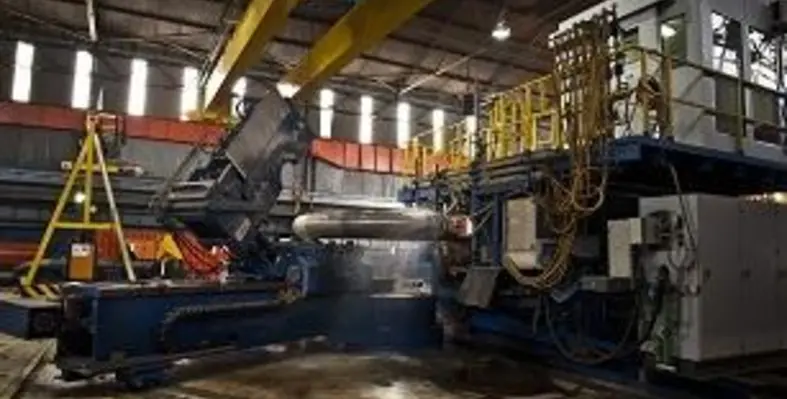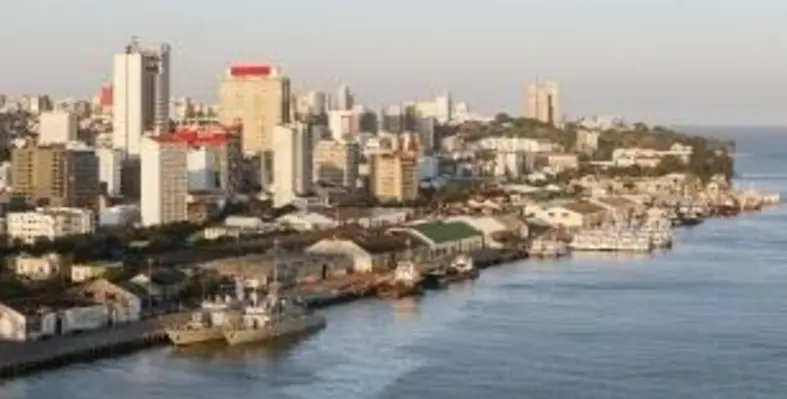
The licensing arrangement with UT Austin expands Honeywell’s leading carbon capture technology portfolio. (Image source: Adobe Stock)
Honeywell has announced an agreement with The University of Texas at Austin that will enable the lower-cost capture of carbon dioxide emissions from power plants and heavy industry
Honeywell will leverage UT Austin’s proprietary advanced solvent technology to create a new offering targeted at power, steel, cement and other industrial plants to lower emissions generated from combustion flue gases in new or existing units. The solution provides these sectors with an additional tool to help meet regulatory requirements and sustainability goals.
Honeywell has committed to achieve carbon neutrality in its operations and facilities by 2035. This new carbon capture technology builds on the company’s track record of sharply reducing the greenhouse gas intensity of its operations and facilities as well as its decades-long history of innovation to help its customers meet their environmental and social goals. About half of Honeywell’s new product introduction research and development investment is directed toward products that improve environmental and social outcomes for customers.
UT Austin’s patented solution utilises an advanced solvent, which enables carbon dioxide to be captured at a lower cost through greater efficiency using smaller equipment, creating viable project economics today under current CO2 policy frameworks in North America and Europe.
This point source CO2 removal technology can be retrofitted within existing plants or included as part of a new installation. In this process, carbon dioxide is absorbed into an amine solvent and then sent to a stripper where CO2 is separated from the solvent. This CO2 is then compressed for geological sequestration or used for other purposes. With thousands of power and industrial plants around the world, the opportunity for significant emissions reduction is enormous.
“As the world proactively seeks technology solutions that limit greenhouse gas emissions, we recognise that carbon capture technology is an important lever available today to reduce emissions in carbon-intensive industries that have few alternative options, such as steel plants and fossil fuel power plants,” said Ben Owens, vice-president and general manager, Honeywell Sustainable Technology Solutions.
UT Austin is a leader in carbon capture research, focusing in this area for more than 20 years through its Texas Carbon Management Program (TxCMP). Gary Rochelle, professor at the McKetta Department of Chemical Engineering and leader of TxCMP at UT Austin, and his team have established an efficient, second-generation amine scrubbing system through years of research and analysis. The improved performance from this solution can unlock project economics for “hard to abate” industries such as steel, cement, and chemical plants, and coal, natural gas and bio-energy power plants.
“We are thrilled that our decades of research has led to carbon capture technology that can significantly reduce carbon emissions. The licensing agreement with Honeywell enables us to commercially scale this in ways that can make major contributions toward zero emissions efforts to address global warming and to reduce pollutants in surrounding communities,” Rochelle said.
In 2020, carbon capture, utilisation and storage (CCUS) projects worldwide were capturing and storing 40 million metric tonnes per year of carbon dioxide, according to the International Energy Agency (IEA). In order to align with the IEA Sustainable Development Scenario (SDS), which demonstrates a pathway to limit global temperature rise by less than 1.65º C, CCUS project capacity must increase more than 20 times to enable capture of 840 million metric tonnes per year of CO2 by 2030.
The University of Texas at Austin collaborates with a diverse array of partners — including entrepreneurs, investors, technology incubators, and large enterprises — to bring campus innovations to the market to improve lives. UT Austin research generates more than 150 new technologies each year, providing abundant and varied opportunities for industry collaboration. Read the latest research news or learn more about technologies available for partnering.










